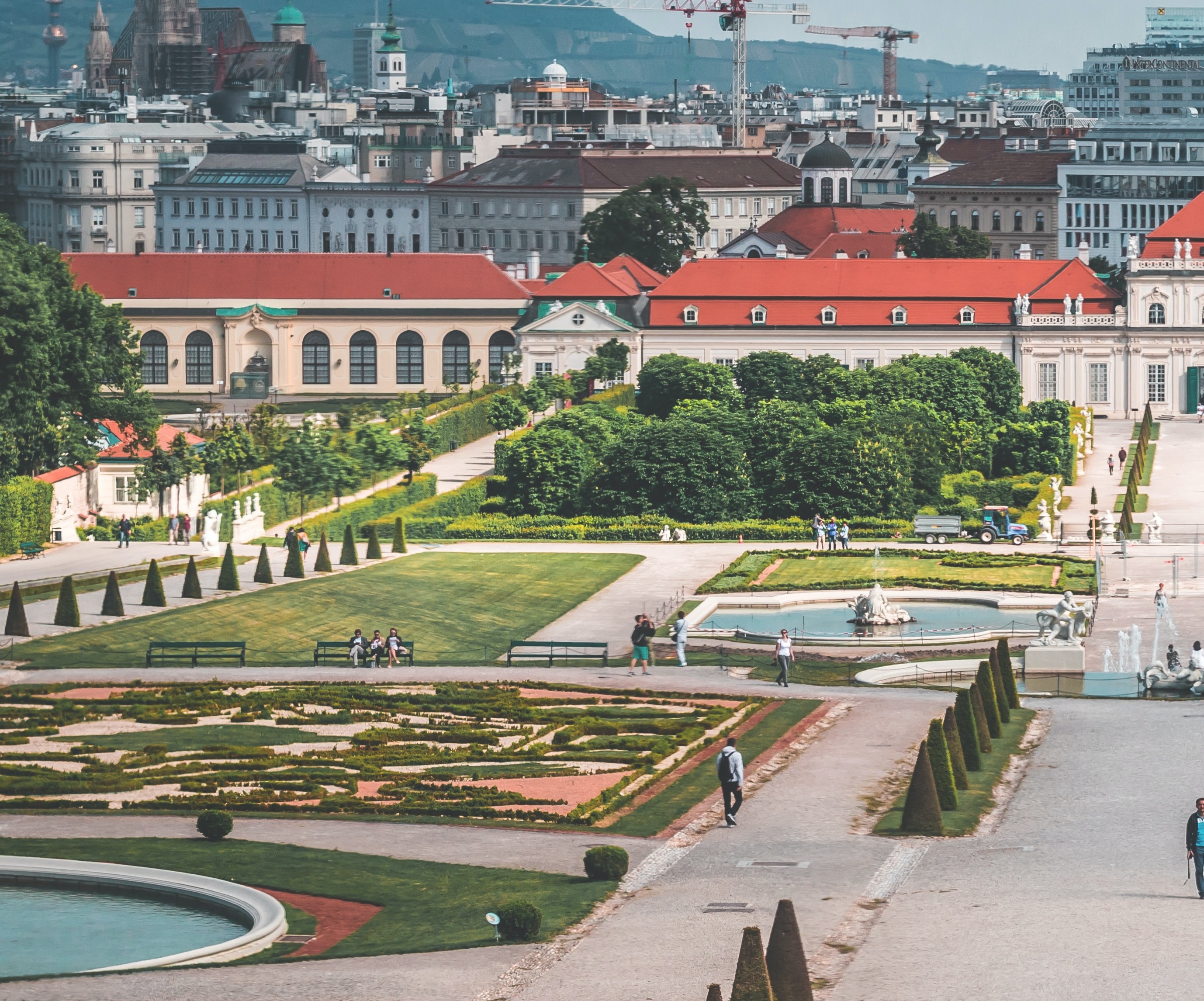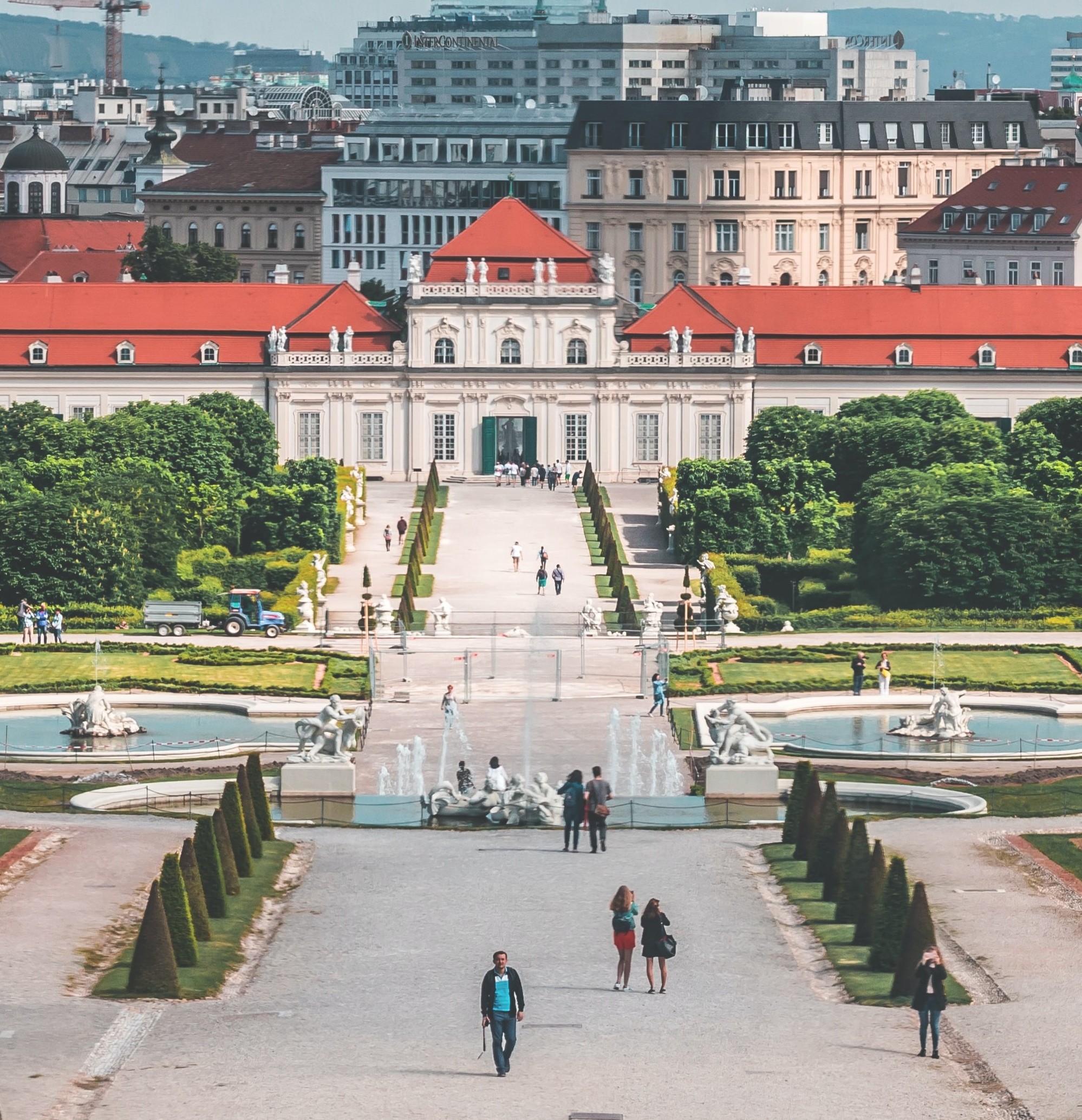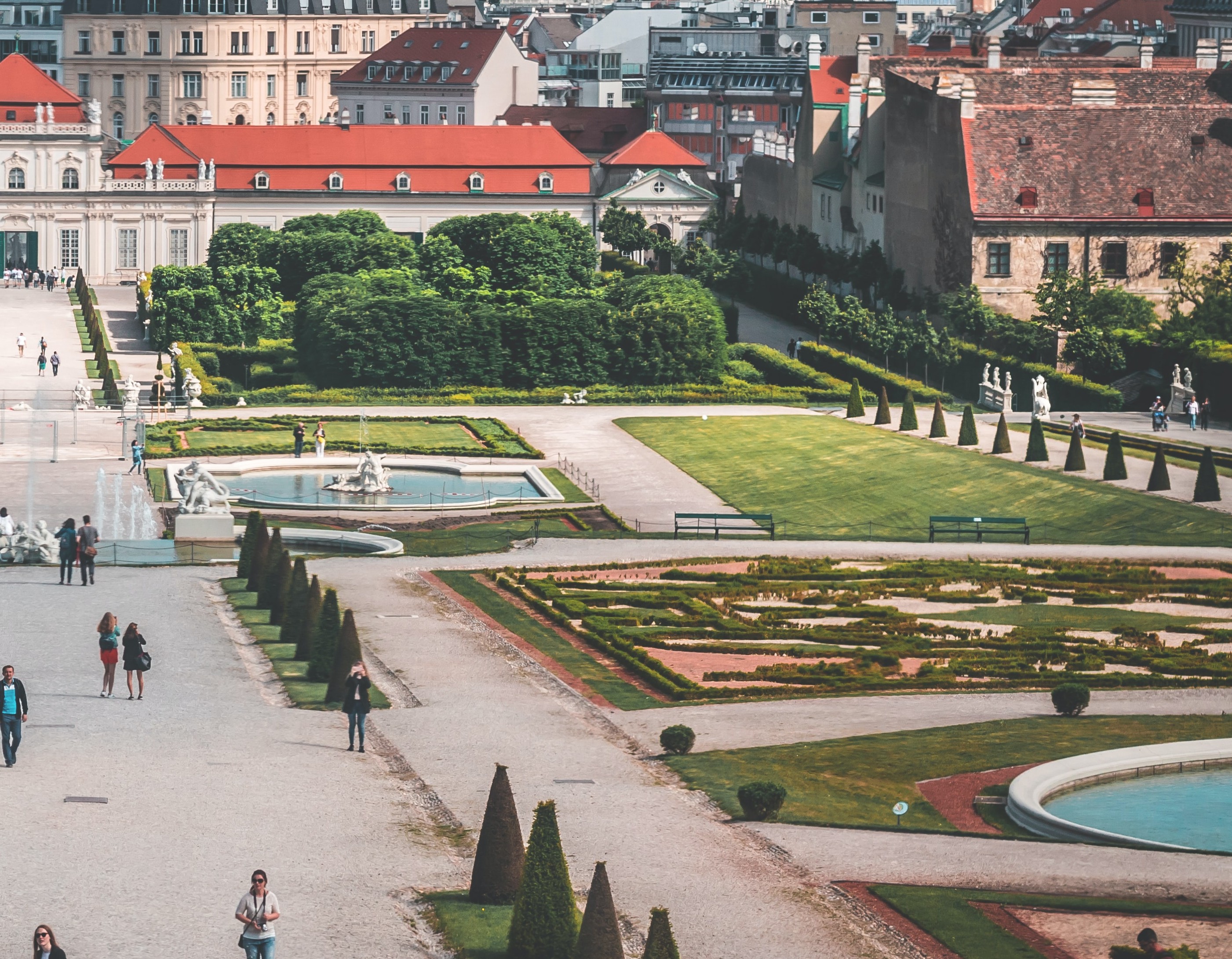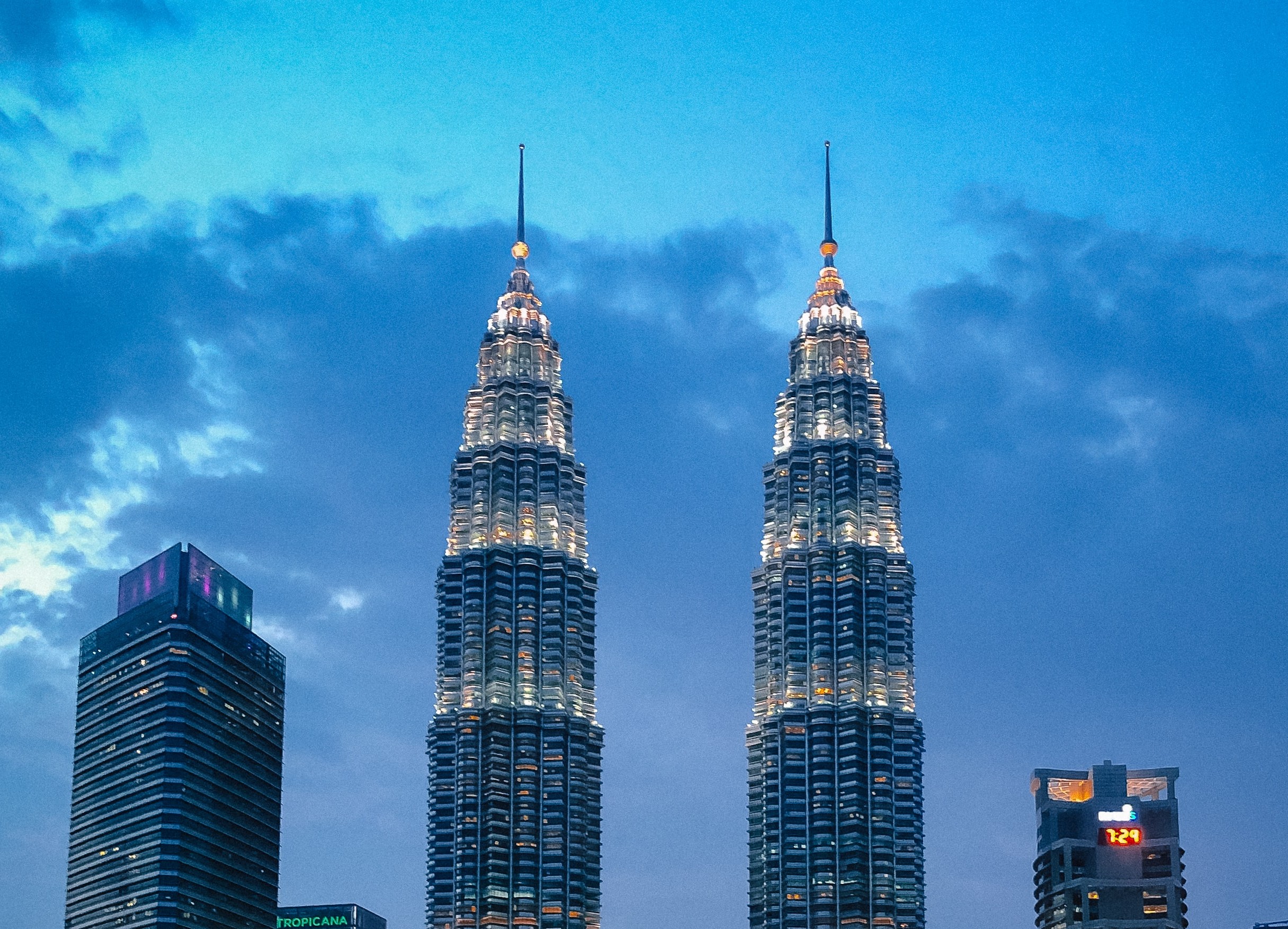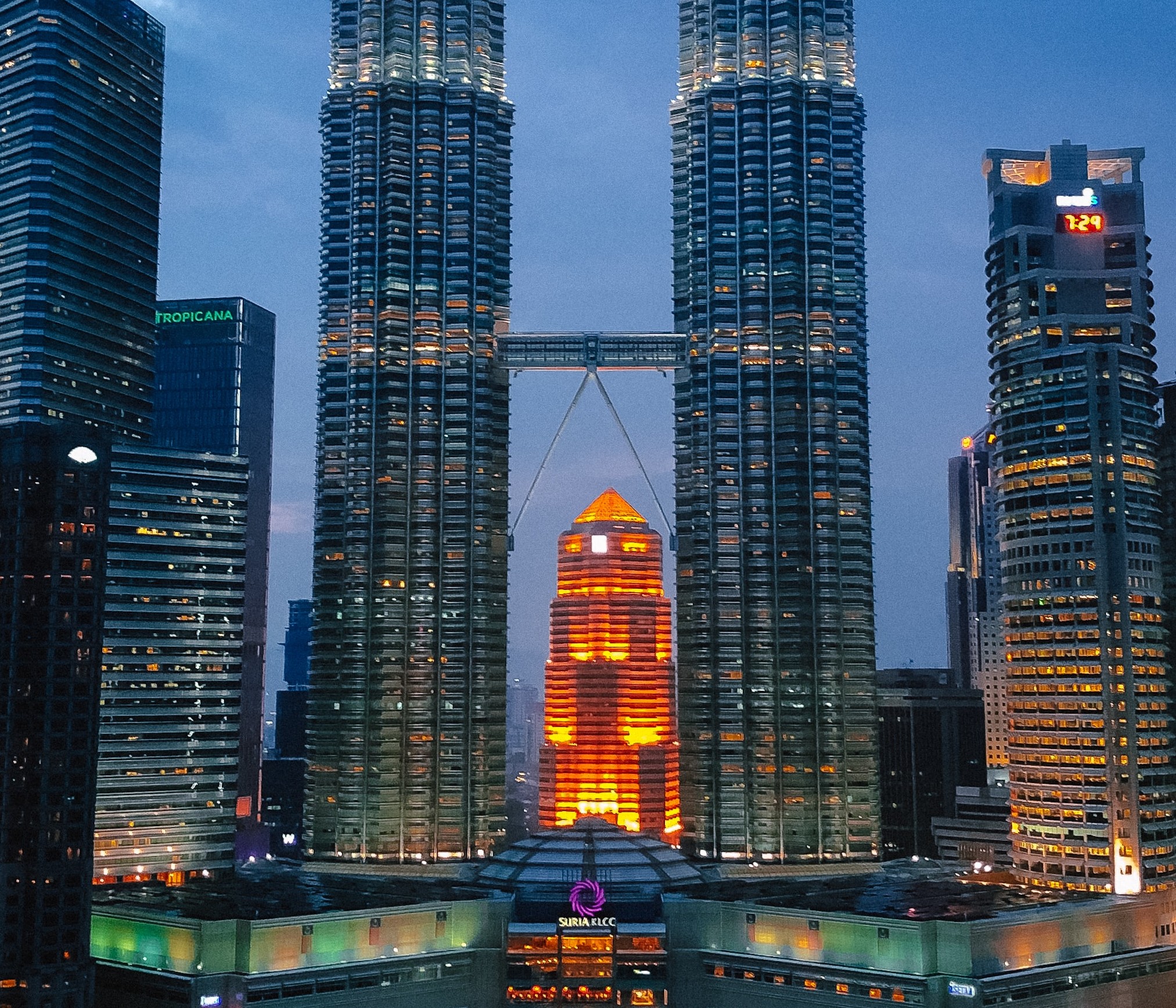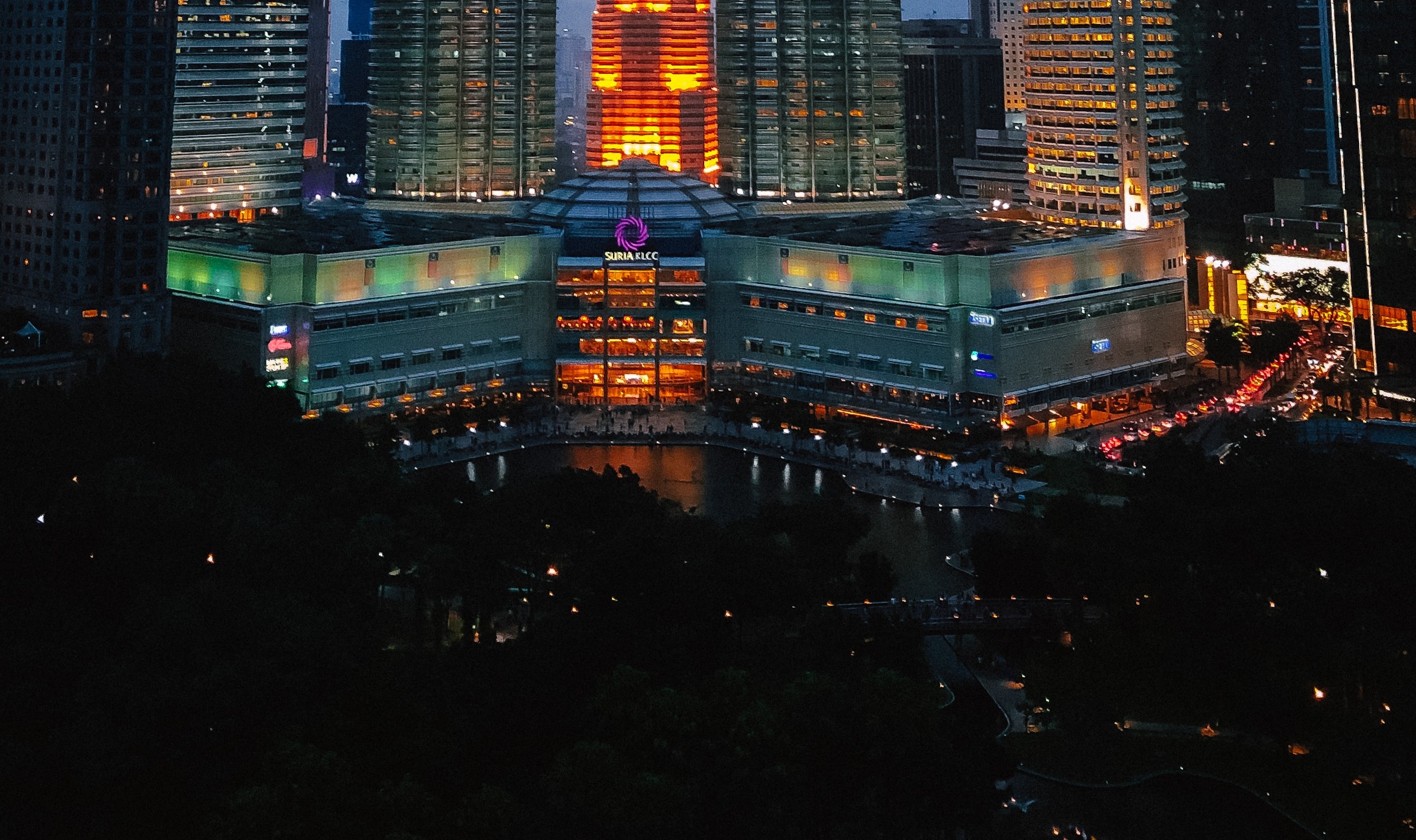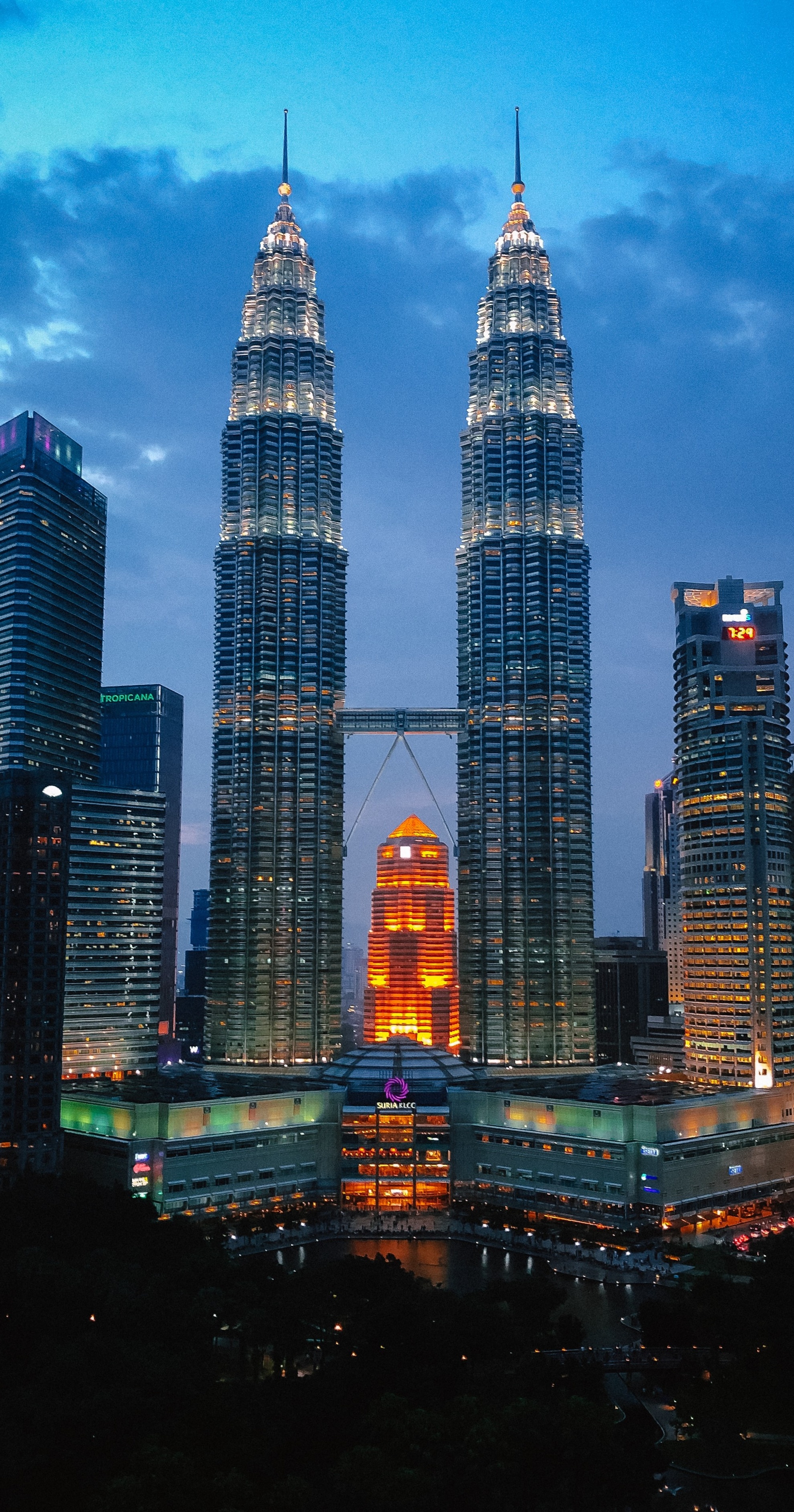This package provides an elegant function to stitch images from a scene either horizontally or vertically.
Currently the package can be installed from TestPyPi python software repository. Once the project is finalized it will be available on PyPi.
To install the package, you can use the PIP installer for python using the command:
$ pip install -i https://test.pypi.org/simple/ imgstitchThere are two functions that can be primarily used:
Args:
-
image_folderstrrequiredpath of the directory containing the images
-
image_filenameslistrequireda list of image file names in the order of stitching.
-
stitch_directionintrequireddirection of stitching. Uses numpy convention. Use 0 for stitching along image height or vertical stitching. And use 1 for stitching along image width or horizontal stitching.
Returns:
-
stitched_imagenumpy arraya numpy array of representing the stitched image. The channels will be in the opencv convention that is BGR.
Args:
-
image_folderstrrequiredpath of the directory containing the images
-
image_filenameslistrequireda list of image file names in the order of stitching.
-
stitch_directionintrequireddirection of stitching. Uses numpy convention. Use 0 for stitching along image height or vertical stitching. And use 1 for stitching along image width or horizontal stitching.
-
output_folderstroptionaldefault = "output"the directory to which the stitched image is to be saved. By default a directory named "output" is created in the parent directory of your python script which uses this function.
Returns:
-
NoneThe image is saved in the specified directory or the default directory with a time stamp attached to the filename (stitched_image_yyyymmdd_hhmmss.jpg)
For keypoints and feature detection, the Oriented FAST and Rotated BRIEF (ORB) [1] algorithm is used from the opencv package.
Once the keypoints and features descriptors are obtained from a pair of images, brute-force-matching is performed using hamming distance as the metric. For each point in one image, two points with lowest hamming distance in the other image is obtained first. Later only those points are filtered where the two lowest hamming distance points for any point have difference greater than a certain threshold.
With a list of matched points between two images, the homography matrix can be computed. However there can be oulier matches. In order to minimize the effect of outliers and to obtain the best homography matrix, RANSAC [2] algorithm is used.
Once a homography is obtained from one image to the other image, opencv's warp perspective function is used to transform the second image into the perspective of the first. The resultant image might be warped edges because of the change in perspective. Also, if the images are not of the same size, then there would be empty pixels in the stitched image. Therefore, I have implemented a method to elegantly remove these empty pixels and retain the maximum image information between a pair of images.
I took a single picture of a scene, and then randomly selected overlapping parts from the picture to get three separate parts representing a scene. Of course, this represents perfect conditions for stitching images because them come from a single camera shot.
The original photo is by Daniel Plan obtained through Unsplash. The cropped parts of the original image before stitching in the order from left to right of a scene are shown as below:
(The images are cropped at different height and width to show the elegant way the stitching is performed to get the maximum content from all the images)
And the stitched image is:
The original photo is by Ismael Bashiri obtained through Unsplash. The cropped parts of the original image before stitching in the order from top to bottom of a scene are shown as below:
And the stitched image is:
Copyright 2021 Brian Pinto
[1] E. Rublee, V. Rabaud, K. Konolige and G. Bradski, "ORB: An efficient alternative to SIFT or SURF," 2011 International Conference on Computer Vision, Barcelona, 2011, pp. 2564-2571, doi: 10.1109/ICCV.2011.6126544.
[2] Fischler, Martin A., and Robert C. Bolles. "Random sample consensus: a paradigm for model fitting with applications to image analysis and automated cartography." Communications of the ACM 24.6 (1981): 381-395.


